Learn the difference between nuclear fusion and fission with definition, examples and diagrams. We also explain the energy output and fuel required.
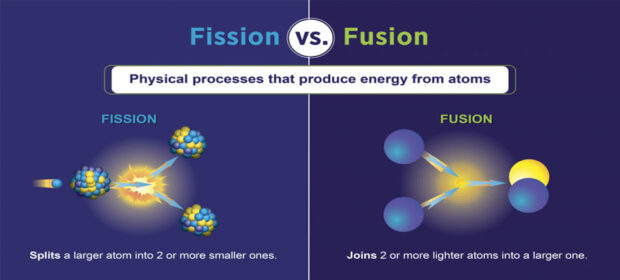

Learn the difference between nuclear fusion and fission with definition, examples and diagrams. We also explain the energy output and fuel required.

Learn the major differences between star and planet on the basis of light emanation, twinkling, size, temperature, orbit and distance etc.

Learn interesting facts about planet Saturn, its ring system, numerous moons, distance, mass, volume, area, composition, axial tilt and velocity etc.
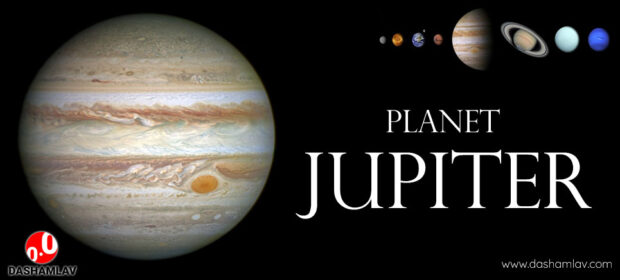
Learn facts about the biggest planet Jupiter, its Great Red Spot, its 79 moons like Io, Europa, Callisto and Ganymede, its transit, color and mass etc.
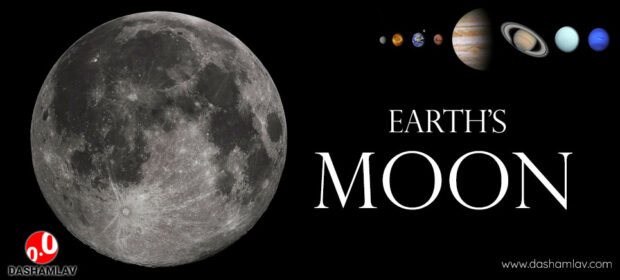
Learn interesting facts about Moon like its age, formation of tides, why we see only one side, weight on moon, men who laded on moon, total lunar eclipse etc.
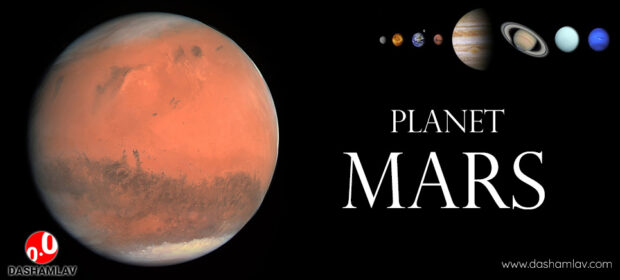
Learn interesting facts about planet Mars, the red color planet. It is the fourth planet to sun. Of all the planets, Mars is most similar to our Earth.
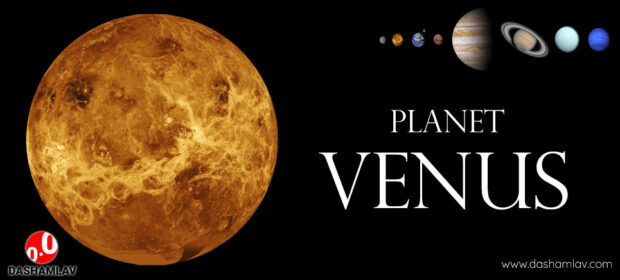
Learn fact about Venus, the twin sister planet of Earth. We also tell you the distance of Venus from Sun, transits, mass, gravity, temperature, and length of day, year etc.
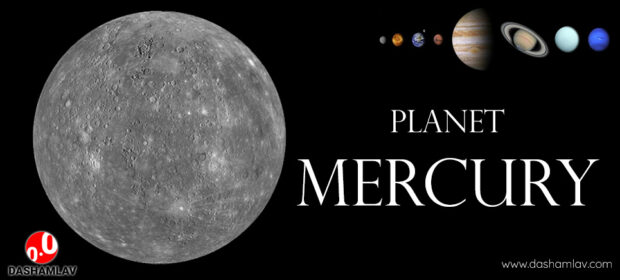
Learn interesting facts about planet Mercury. It is the smallest planet in the solar system and also closest to the Sun.
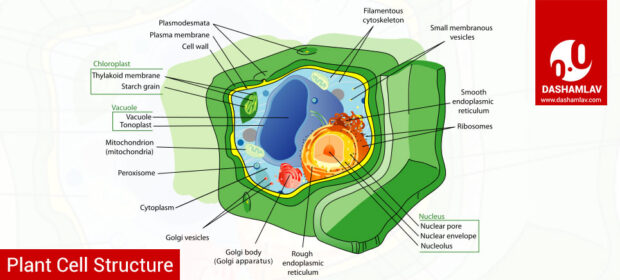
Let’s learn the difference between plant and animal cells. Cell wall, chloroplast, plastids, cilia, shape and nutrition form the basis of some of the fundamental differences.
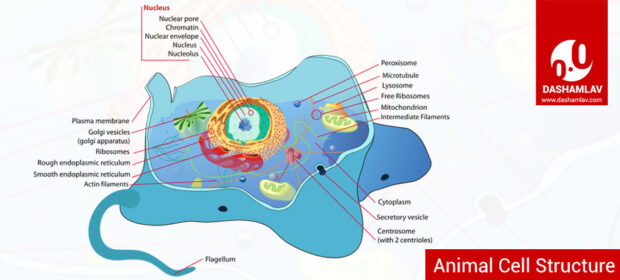
Learn the important differences between cell membrane and cell wall. Both of these are part of cell structure. Cell membrane is also called plasma membrane.

Learn about the typical structure of plant and animal cells. Some cell parts are common between both and some parts are found only in animal or plant cells.
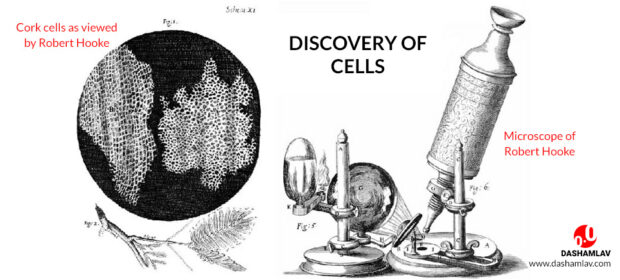
Cells, the units life, were discovered by Robert Hooke. Let’s learn the story behind the discovery of cells and cell organelles like chromosomes, mitochondria etc.
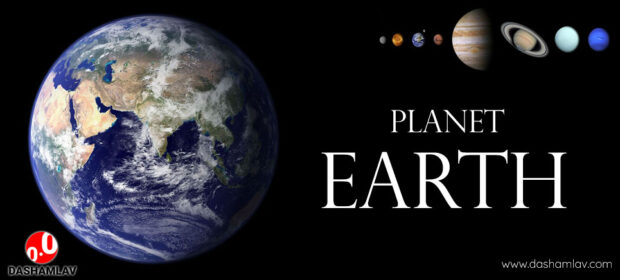
Learn interesting facts about planet Earth including Earth’s age, mass, size, temperature, distance from Sun, composition. highest and lowest points etc.

Learn about different types of satellite orbits around the Earth and their use. These include geostationary, polar, elliptical low and medium earth orbits.
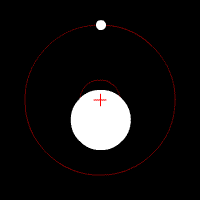
Learn the meaning and definition of an orbit. We also discuss why in space objects keep revolving around other stars and planets; and the concept of barycenter.

Learn interesting facts about our star the Sun. We discuss, sun’s structure, size, temperature, age, energy, sunlight, composition and its future.

Know interesting facts about solar system and planets. How old and how big is the solar system, what it is made of and properties of objects revolving inside it.
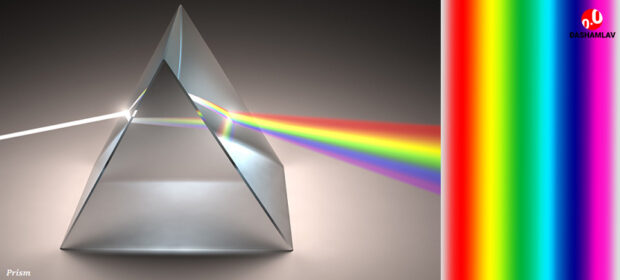
Let’s know interesting facts on sunlight and its components, how visible white light consists seven colors and wavelengths infrared and ultraviolet rays.
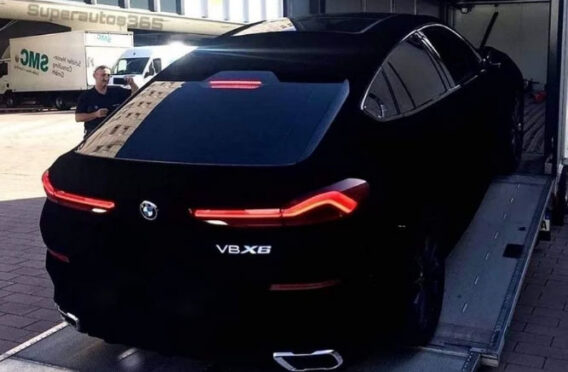
Have you ever thought what is the blackest thing in the world? Let’s introduce you to the quest for perfect black through Vantablack, Black hole and MIT’s black.
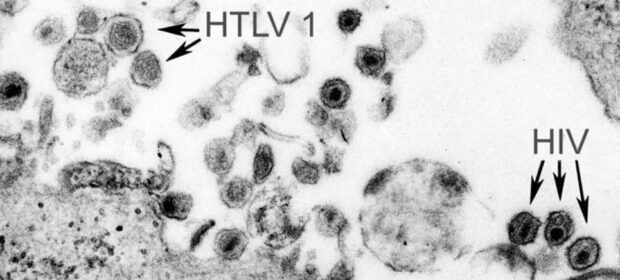
HIV AIDS is among the most serious health issues our planet it facing. This viral disease still doesn’t have any cure and it still infects hundreds of thousands people every year. Let’s learn more about HIV AIDS.
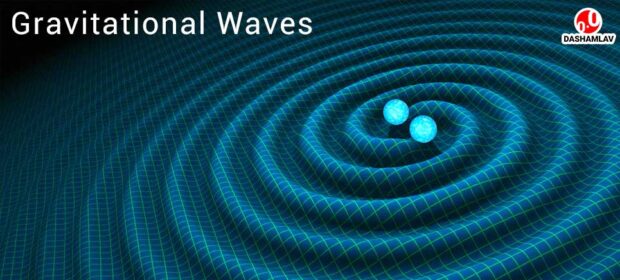
Understand the concept and theory of Gravitational Waves. We discuss their cause, speed and detection through Virgo and LIGO observatory.